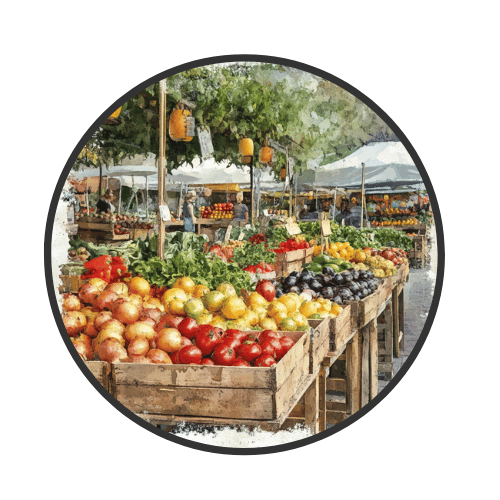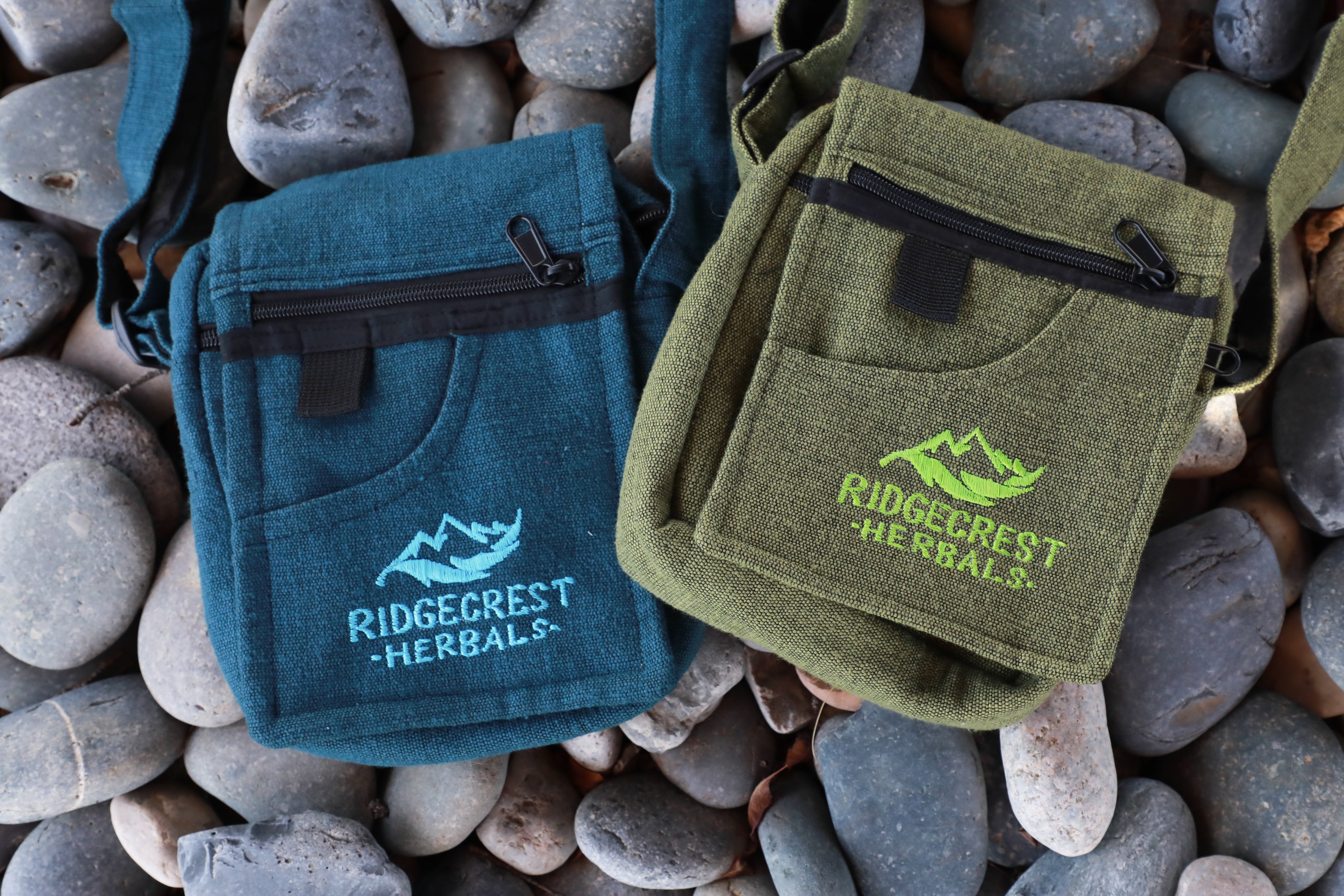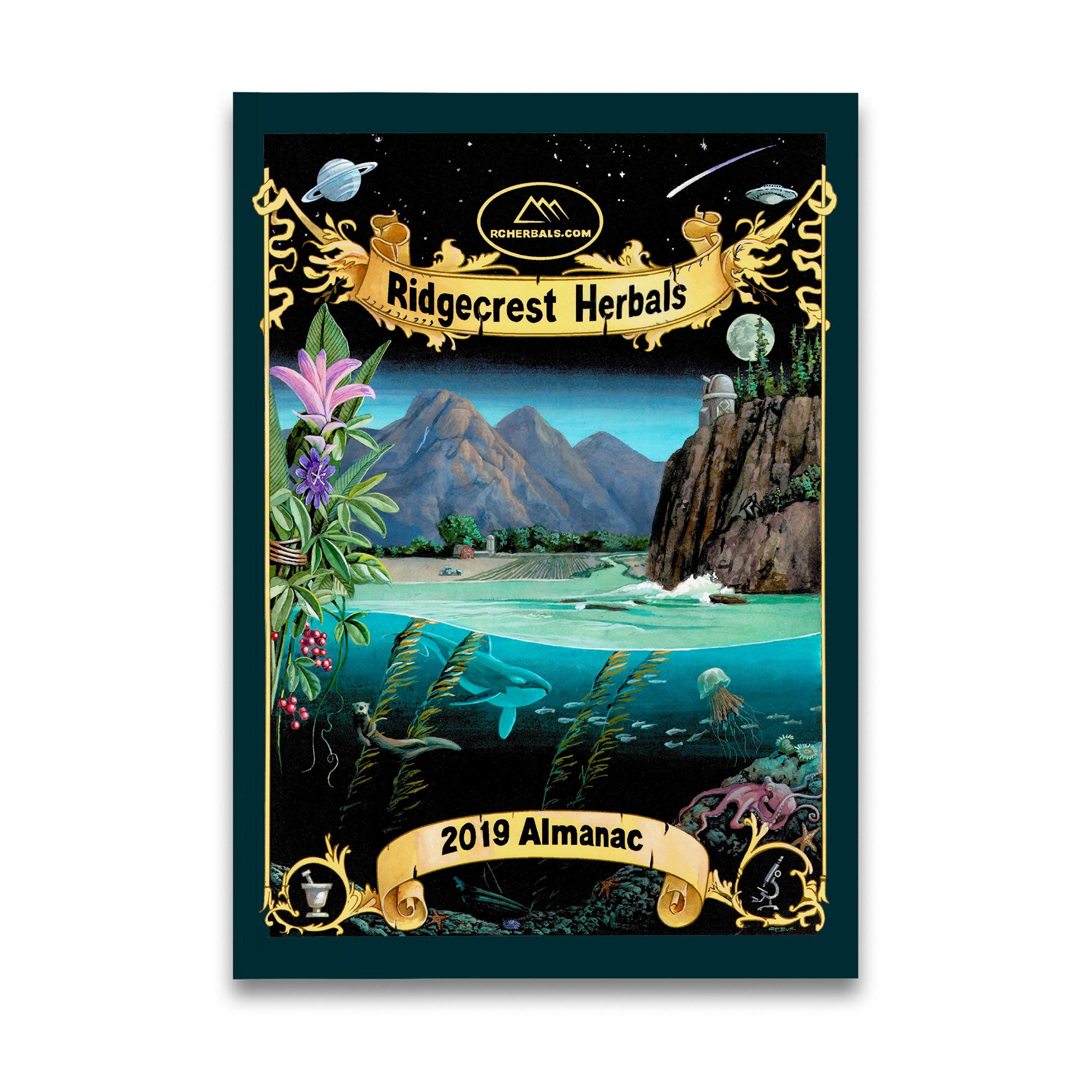People across America are mystifying their neighbors, as they discover the strange and wonderful joys of buying local produce. With a well-stocked supermarket on nearly every corner, why would people drive for miles and line up early on a Saturday morning to pay higher prices for vegetables by visiting a local farm stand, co-op, or farmer's market? If you don't know, you haven't tried it yet. But here are my top reasons.
1. - Know your food.
There is great comfort in buying your food right at the source. Want to know whether your produce has been organically grown? Would you rather look for a sticker, or personally ask the family that grew it?
2. - More and better varieties.
Supermarkets typically carry only one or two varieties of tomatoes, potatoes, onions, apples, and pears; a few kinds of lettuce; and usually only one or two other kinds of produce. But local farmers may be trying out a wide variety of different strains, including unique and flavorful heirloom varieties, that you may never see in a supermarket.
3. - Field ripened and preservative-free.
Supermarket produce is often picked well before it is ripe, then coated with wax or other preservatives to slow ripening while it is transported, and stored until it is finally ripe enough for sale. Warehouse ripened produce can't hope to compare in flavor or nutrition to produce that has ripened in a sunny field until nearly bursting with goodness.
4. - Earth-friendly.
Supermarket produce may travel for thousands of miles to its destination, using expensive and often non-renewable resources for processing, refrigeration, transportation, packaging, display, and lighting.
5. - Support your local economy.
Almost all of the money spent in your local farmer's market stays around to help and support your neighbors, rather than taking a side trip through some multi-national corporation on the other end of the country or world. And it encourages more of the same, helping to preserve the diversity and health of our mutual food supply.









1 comment
Jan
Yes local produce!!
Leave a comment
All comments are moderated before being published.
This site is protected by hCaptcha and the hCaptcha Privacy Policy and Terms of Service apply.